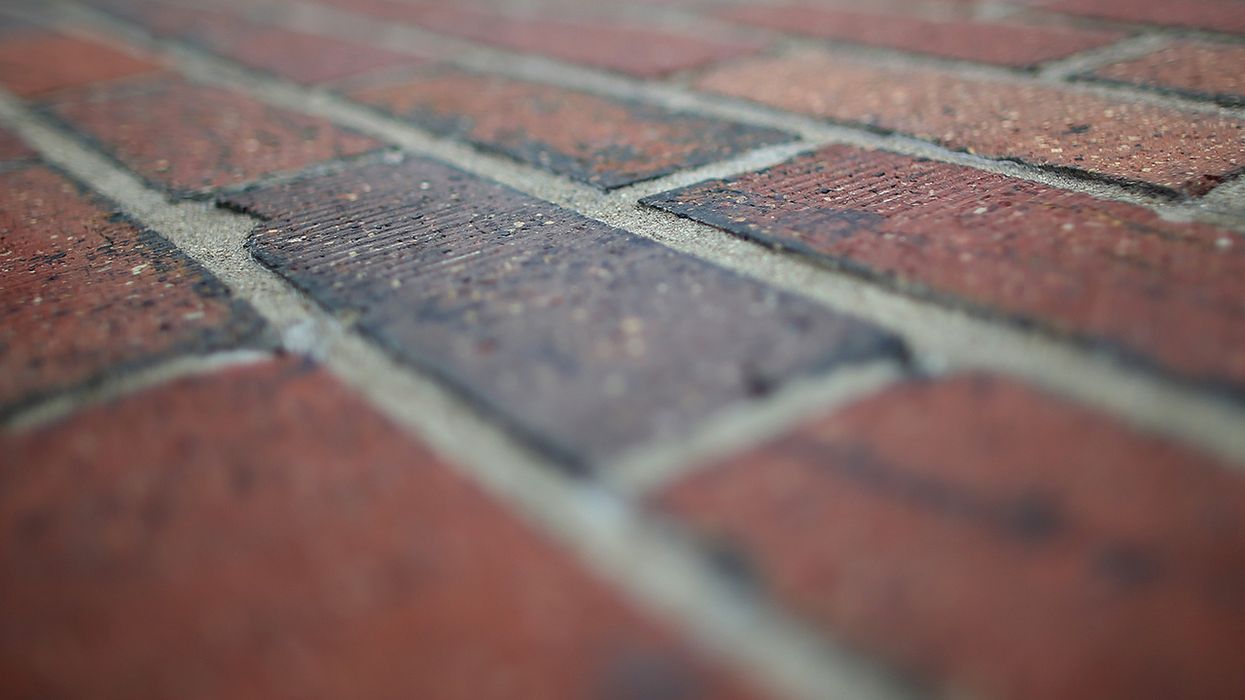
Matt Sullivan/Getty Images

Says it's good for the environment
Meet the man who wants to take what people flush down the toilet and turn it into building bricks. His name is Abbas Mohajerani, a civil engineer at Royal Melbourne Institute of Technology University in Australia.
The technical term for what Mohajerani wants to collect is "biosolids," according to the New York Times. But it's also known as the "disinfected leftovers" that remain after wastewater goes through a treatment process.
Mohajerani claims that his biosolids bricks "look the same, smell the same and have similar physical and mechanical properties as normal fired clay bricks."
Turning waste into bricks is a way to reduce carbon emissions, recycle stockpiles of leftover biosolids, and save land and energy, he told the Times.
Yes.
Mohajerani and a team of researchers have been experimenting with the bricks for five years by collecting biosolids from two wastewater treatment plants in Melbourne.
Here's how it works: First, they mix the sludge with soil to make hybrid bricks of various sizes.Then, they fire them in a kiln at nearly 2,000 degrees Fahrenheit for 10 hours. Finally, the bricks are put through a series of tests.
According to findings published earlier this month in the journal Buildings, Mohajerani's bricks were ranked equal to traditional bricks that are sold on the market. The main drawback is that although the bricks meet building standards, they're not as strong as traditional bricks.
His proposal is touted as environmentally friendly because biosolids use about one-half the energy required to cook traditional bricks, according to the Times. Also, the biosolid bricks are "lighter, more porous and filled with gas," Mohajerani told the paper.
"And because gases are poor thermal conductors, heat passes through biosolid bricks more slowly. That makes them better insulators, which could result in savings on heating and cooling costs," according to the report.
Mohajerani maintains that something must be done with all of the biosolids, of which there is no shortage. For example, every day New York City alone generates about 50 truckloads of 1,200 tons of the stuff, the Times said.
As the world's population continues to grow, so will the biosolids. Most of the sludge is used as fertilizer or to improve soil quality, the paper reported, but in the U.S., an estimated 7 million to 8 million tons is placed into landfills.
Mohajerani and his team also determined that creating biosolid bricks could help cut down on the gases created – including carbon dioxide – as the waste decomposes. But the bricks also require more water and could produce other types of pollution, the Times reported.